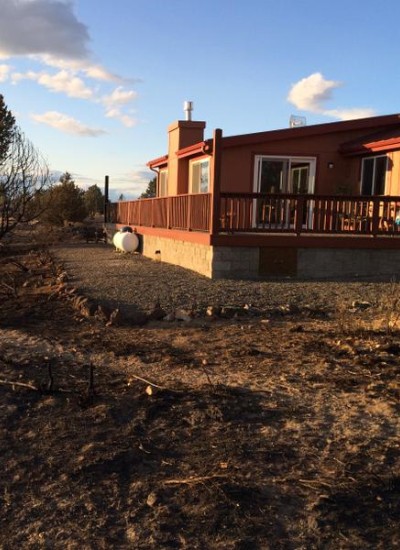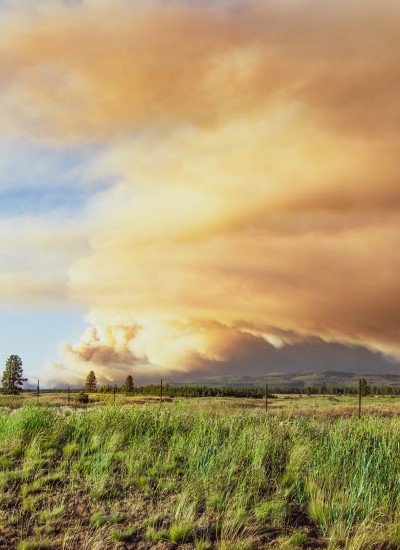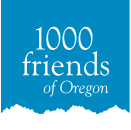By Mary Kyle McCurdy | 3-minute read
A new wildfire hazard map is making a tour for public education and input starting June 3 in Redmond.
As the state hosts these open houses, staff from five agencies will be available to hear your comments and answer questions about the map and how it can be used in your own community to mitigate wildfire exposure and focus resources where they matter most. Following the sessions, the Oregon Department of Forestry will update the wildfire hazard map and publish the final version on October 1, with updates every few years.

Learning and discussion points for attending
We encourage you to attend an open house if one is near you. This will be a good opportunity to learn about:
- Wildfire exposure of your community and property.
- Various resources available to you and your town or city to take proactive steps to reduce wildfire risk
- What your neighborhood or community can do to be more wildfire resilient, such as through starting a Firewise program
We also encourage you to discuss actions you hope your city and county will consider to keep your community more resilient to and prepared for wildfire. This can include ideas like:
- Preparing a regional transportation plan for emergency evaluation and emergency response routes and publicizing them well.
- Supporting neighborhood-focused efforts to create defensible space
- Keeping urban growth boundaries where they are, to prevent any further sprawl into the wildland-urban interface, where wildfire risk is higher.

About the map
The Oregon legislature passed Senate Bill 762 in 2021, creating a comprehensive statewide approach to making Oregon more wildfire resilient and prepared. Among other things, SB 762 funded improving wildfire preparedness through three key strategies: creating fire-adapted communities, developing safe and effective responses to wildfire, and increasing the resiliency of Oregon's landscapes.
Wildfire is a natural part of the Western ecosystem, but we have accelerated its frequency and intensity through human activities contributing to climate change and sprawl. Thankfully we have good tools already at work: Oregon’s compact urban growth boundaries have minimized sprawl and, consequently, kept our communities comparatively safer than our Western neighbor states, even when we have experienced devastating wildfires. Now, Oregon families and communities can be more prepared for wildfire when we understand wildfire risk and the actions we can take, as individuals and together, to keep our homes and communities more wildfire resilient and prepared.
A key component of being wildfire prepared is the development of this statewide wildfire hazard map, which classifies every property in Oregon as being within one of three hazard categories – high, moderate, or low – as well as in or out of the wildland-urban interface. The Oregon Department of Forestry, with Oregon State University, has developed a draft map that is science-based, taking into account weather, climate, topography, and vegetation.
The hazard map will have a few purposes:
- Help all Oregonians understand the exposure of their homes, communities, and workplaces to wildfires, so we can be proactive in taking steps to reduce our own risk.
- Assist the state and local governments in where to prioritize funding, technical assistance, and policies to mitigate wildfire hazard.
- Identify where defensible space standards and wildfire-resilient building codes will apply, as well as funding to assist those most vulnerable.
Open house dates
- Redmond: June 3
- La Grande: June 4
- Medford: June 17
- Grants Pass: June 20
- Klamath Falls: June 24
- The Dalles: July 1
